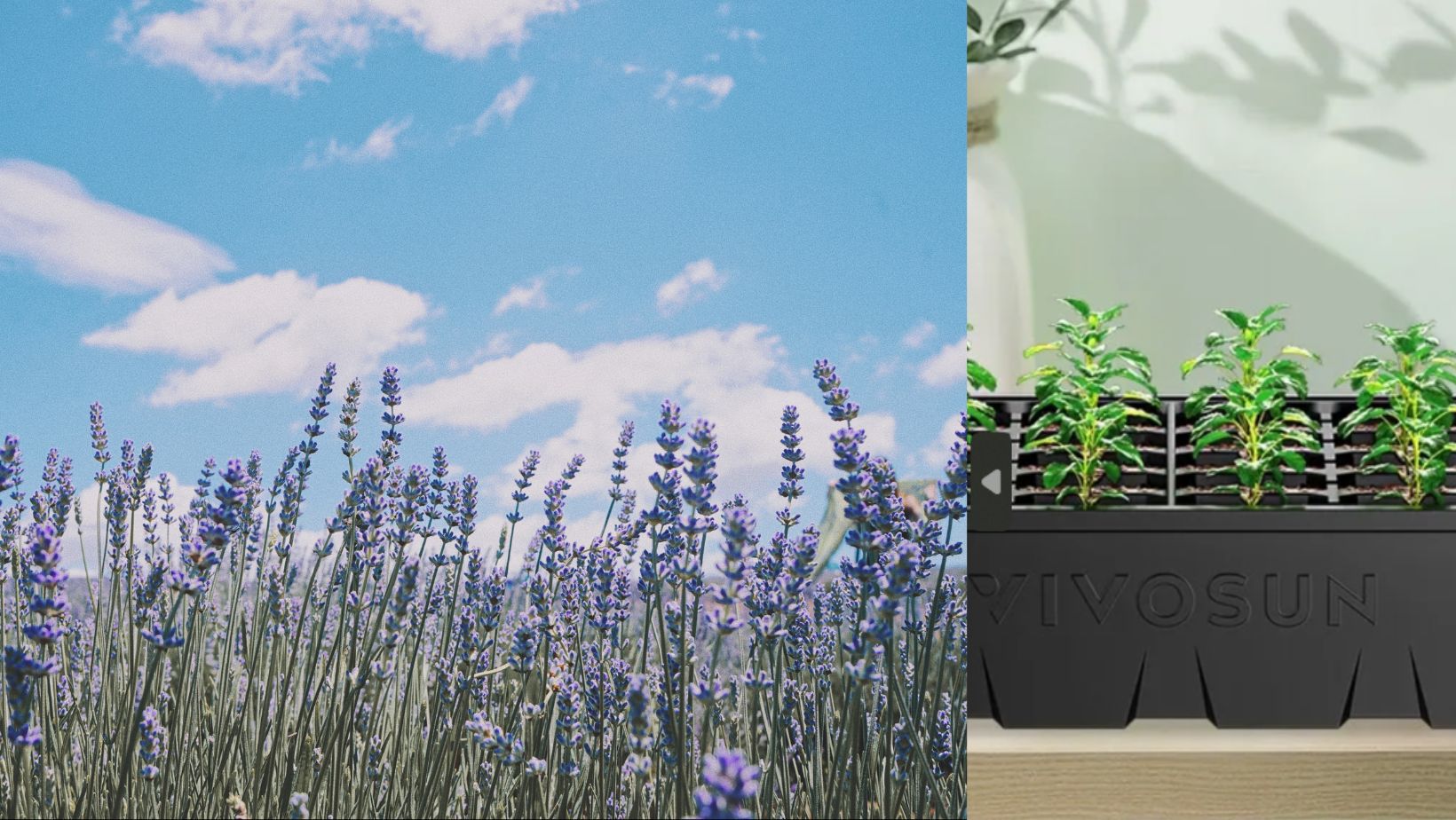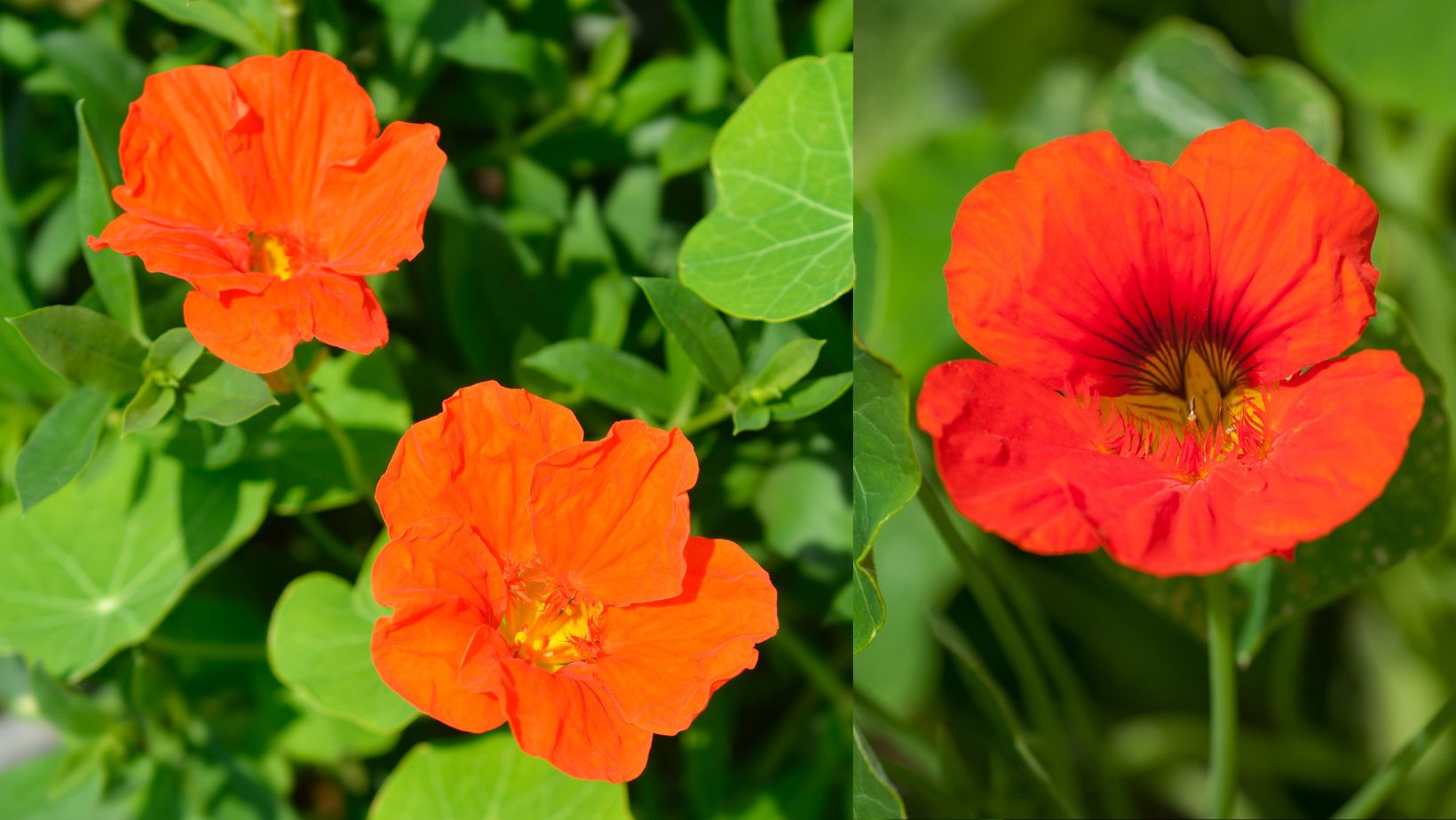Table of Contents
The Benefits of Having a Pest-free Garden Oasis
Plant Vitality: A pest-free environment allows plants to thrive, allocating their energy towards growth, flowering, and higher yields. Without pest damage, plants can reach their full potential, creating a lush and vibrant oasis.
Eco-Friendly Approach: Natural pest control methods eliminate the need for harsh pesticides, promoting a safer environment for humans, pets, and beneficial insects like pollinators. This approach aligns with sustainable gardening practices, reducing the environmental impact.
Ecosystem Balance: By avoiding synthetic pesticides, the delicate balance of the garden ecosystem is preserved, protecting beneficial insects that naturally control pests, ensuring a harmonious and self-regulating system.
Aesthetic Appeal: A pest-free garden oasis boasts vibrant colors, lush foliage, and healthy plants, creating a visually appealing and serene outdoor space that enhances the overall aesthetic appeal of the landscape.
Safe Produce: Homegrown fruits and vegetables cultivated in a pest-free environment are free from harmful chemicals and contaminants, ensuring safe and nutritious produce for consumption.
Reduced Maintenance: Without constant pest infestations, gardeners can spend less time and effort on pest management, allowing them to focus on enjoying and maintaining their oasis with ease.
By embracing natural pest control methods, gardeners can create a thriving, sustainable, and visually stunning pest-free garden oasis that promotes plant health, environmental responsibility, and a serene outdoor sanctuary.
As a seasoned gardener and avid nature enthusiast, I’ve discovered that cultivating a vibrant garden not only adds aesthetic appeal to my outdoor space but also serves as a sanctuary for beneficial insects. Through years of trial and error, I’ve identified several fast-growing flowers that not only beautify my garden but also naturally repel pesky insects. Here are my top recommendations:
Marigolds (Tagetes spp.)
Pest-repelling Properties:
Marigolds emit a strong scent that effectively repels nematodes, mosquitoes, beetles, and other pests, while also attracting beneficial insects like ladybugs to prey on aphids. They make ideal companion plants for crops like tomatoes, peppers, potatoes, and eggplants.
Aesthetic Appeal:
Marigolds are renowned for their rich array of colors and shapes, ranging from warm oranges to vibrant yellows and deep reds, exuding an irresistible charm. Whether dwarf or tall varieties, they add vibrancy and liveliness to gardens, serving as visual focal points.
Germination Time:
Marigold seeds typically germinate within 5 to 7 days when sown directly into well-drained soil with full sun exposure.
Flowering Time:
Depending on the variety, marigolds bloom within 45 to 60 days after germination.
Sowing Tips:
Prepare the soil by loosening it to a depth of 6 inches and mix in compost for added nutrients. Sow marigold seeds 1/4 inch deep and space them 8 to 10 inches apart. Water regularly, keeping the soil evenly moist until seedlings emerge.

Lavender (Lavandula spp.)
Pest-repelling Properties:
The aroma of lavender deters mosquitoes, flies, fleas, and moth species, making them undesirable neighbors for plants like mint or impatiens. However, lavender pairs well with roses and herbs such as rosemary.
Aesthetic Appeal:
The delicate purple blossoms of lavender are always a sight to behold, glistening in the sunlight. This plant not only adds a romantic ambiance to gardens but also complements other herbs and roses, creating a harmonious and elegant landscape.
Germination Time:
Lavender seeds may take longer to germinate, ranging from 14 to 28 days. Start seeds indoors in seed trays filled with well-draining potting mix.
Flowering Time:
Lavender typically blooms within 90 to 120 days after germination. Once established, it produces fragrant purple spikes that attract beneficial pollinators while repelling insects like mosquitoes.
Sowing Tips:
Start lavender seeds indoors 6 to 8 weeks before the last frost date. Press seeds lightly into the soil surface, as they require light for germination. Keep the soil consistently moist but avoid overwatering, as lavender is susceptible to root rot. Transplant seedlings outdoors once all danger of frost has passed, spacing them 12 to 18 inches apart.

Nasturtiums (Tropaeolum majus)
Pest-repelling Properties:
Nasturtiums release an airborne chemical that repels aphids, whiteflies, squash bugs, cabbage worms, and other pests. They can act as a “trap crop,” luring pests away from crops like tomatoes, cucumbers, kale, and beans, while also attracting predatory insects like ladybugs, lacewings, and hoverflies to feed on the pests. Nasturtiums make excellent companion plants for these vegetable crops.
Aesthetic Appeal:
Nasturtium flowers boast eye-catching, vibrant hues from bright yellows to deep oranges, infusing gardens with a burst of energy. Their long-lasting blooms bring joy throughout the summer season. Additionally, they attract beneficial insects like hummingbirds, adding liveliness to the garden.
Germination Time:
Nasturtium seeds typically germinate within 7 to 10 days when sown directly into well-drained soil in a sunny location.
Flowering Time:
Nasturtiums bloom within 50 to 60 days after germination, producing colorful flowers in shades of orange, yellow, and red.
Sowing Tips:
Choose a sunny spot with fertile, well-drained soil. Sow nasturtium seeds 1/2 inch deep and space them 10 to 12 inches apart. Keep the soil consistently moist but not waterlogged. Nasturtiums thrive in slightly dry conditions once established.

While bottom watering is a popular method in plant care, it’s essential to acknowledge its drawbacks, particularly in certain scenarios. As a cultivation expert, I’ll highlight some key concerns associated with bottom watering, supported by data and practical insights.
1. Uneven Moisture Distribution: Inconsistent hydration.
2. Risk of Overwatering: Excessive moisture.
3. Nutrient Leaching: Dissolved nutrient drainage.
4. Soil Compaction: Restricted root growth.
In conclusion, while bottom watering offers convenience and efficiency in certain situations, it’s essential to be aware of its drawbacks and limitations. Uneven moisture distribution, risk of overwatering, nutrient leaching, and soil compaction are key concerns that can impact plant health and growth. As cultivation experts, it’s crucial to consider these drawbacks and adopt alternative watering methods or mitigation strategies, such as incorporating top watering, improving soil drainage, or adjusting watering frequency, to ensure optimal plant care and productivity.
These fast-growing flowers not only enhance the beauty of your garden but also act as natural insect repellents, creating a harmonious ecosystem that promotes biodiversity. By incorporating these plants into your garden design, you can enjoy a lush and vibrant outdoor space while keeping pesky insects at bay.





